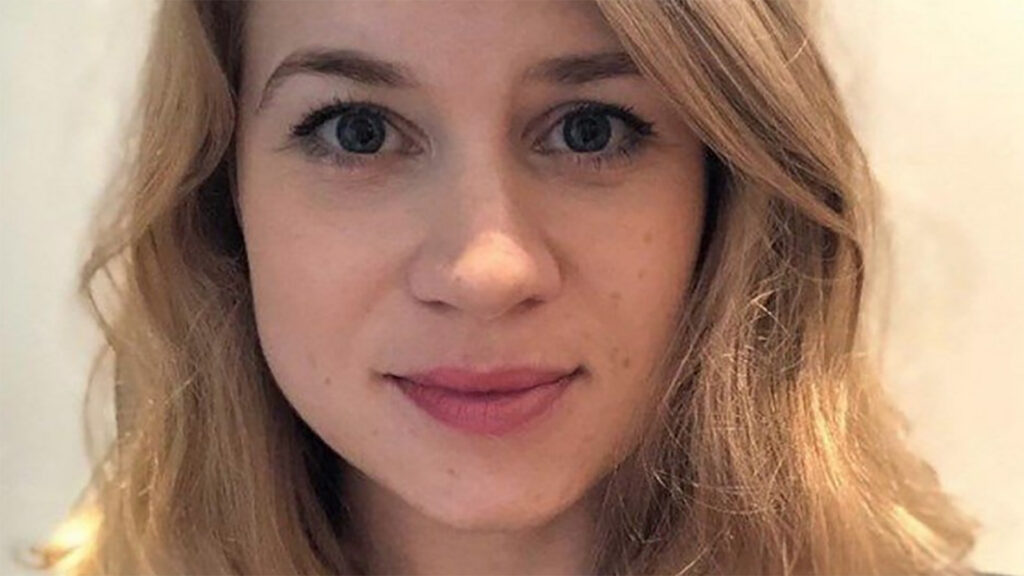Sarah Everard’s murderer kidnapped her using police ID and handcuffs

He later used his police belt to strangle and kill Everard, prosecutor Tom Little told the Old Bailey — the central criminal court of England and Wales. Little summarized Couzens’ actions as “deception, kidnap, rape, strangulation, fire.” Everard, a 33-year-old marketing executive, went missing on the evening of March 3 after leaving a friend’s house in Clapham, south London. Her remains were found days later in woodland near Ashford, Kent — Everard was alive for hours after her kidnapping, and was moved to Couzens’ own car later that evening, the prosecutor said. “In order to have done so and without her escaping or trying to escape or make a noise, it can be inferred that he, at least, must have threatened her,” Little told the court.Prosecutors believe Everard died around 2.30 a.m. on March 4, several hours after she was kidnapped by Couzens. “The defendant informed the psychiatrist that he strangled Sarah Everard using his belt. Given all the circumstances this would be consistent with his police belt,” Little said.They believe this happened prior to 2.34 a.m., which was when Couzens went to a petrol station and “bought two bottles of water, an apple juice, a Lucozade Orange and a carrier bag,” Little said. “There is no CCTV from the petrol station at the relevant time due to a system upgrade having taken place. However the defendant was not to have known that and to have left her alive (even in the boot of the Seat) would have been foolhardy,” Little said. A March vigil for Everard dissolved into violence when a predominately-male cluster of officers attempted to disperse the crowd, who police say were in breach of Covid-19 regulations. Meanwhile, the police regulator, the Independent Office for Police Conduct (IOPC), is investigating whether the police responded appropriately to a report that Couzens indecently exposed himself at a South London fast food restaurant in February. The IOPC is also investigating alleged failures by Kent Police to investigate another indecent exposure incident linked to Couzens from 2015. Couzens joined the Met in September 2018 and was posted to a response team covering the Bromley area in southeast London. He then moved to the Parliamentary and Diplomatic Protection Command in February 2020, where his “primary role was on uniformed patrol duties of diplomatic premises, mainly a range of Embassies,” a Met statement said.CNN’s Laura Smith-Spark, Kara Fox, Livvy Doherty and Schams Elwazer contributed to this report.







